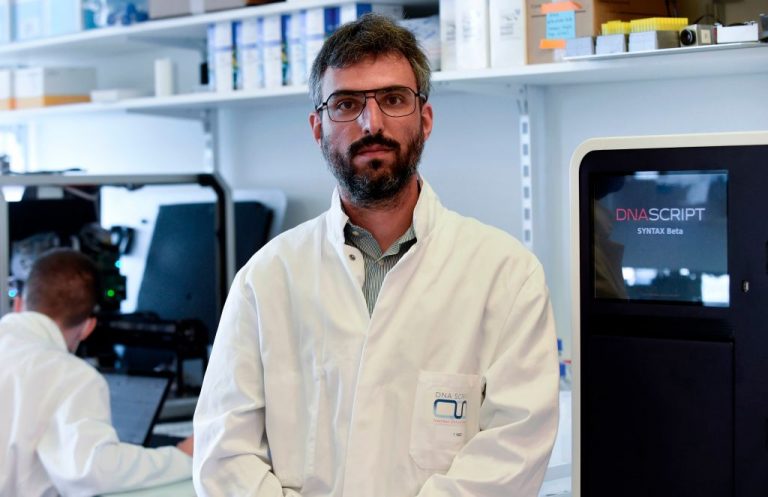Synthetic biology, a technology field that can be thought of as genetic engineering on steroids, promises many benefits for humanity, but opponents fear it may evoke Frankenstein’s monster.
“Synthetic biology (SynBio) is a field of science that involves engineering life for human benefit. It has the potential to reshape many facets of society—from the ways we produce food to how we detect and cure diseases,” Visual Capitalist (VC), an online publishing platform that focuses on markets, technology, energy, and the global economy, claimed in a 2021 article.
In a 2020 article in Nature Communications, researcher Christopher Voigt jubilated, “Products from synthetic biology are rapidly permeating society and by 2030…It is highly likely that you will have eaten, worn, used, or been treated with one.”
Fields of interest
SynBio may serve various purposes, but the main categories are medical technologies, sustainable energies, bioremediation, food and agriculture, and space systems and exploration.
According to the Visual Capitalist, “The SynBio has a wide range of medical applications, including drug discovery, antibody production, and vaccine innovation,” the article said, adding the technology has “been key” in the development of the Coronavirus Disease 2019 novel gene therapy vaccines.
Success
You are now signed up for our newsletter
Success
Check your email to complete sign up
The publication also theorized that mankind could make great strides in creating synthetically bio-processed fuels geared by fermentation processes.
Other benefits, the article lauds, are bioremediation—the technique where living organisms restructure buildings or clean up polluted sites.
READ MORE:
- Study Finds COVID Spike Protein Created in Vaccines ‘Hijacking’ Human Body DNA Repair and Adaptive Immune
- UK Scientists Say mRNA Gene Therapy Can Regenerate Human Hearts
- Can Fungi Fix Our Plastic Problem?
- Scientists Invent World’s First Self-Replicating Robots, Raising Fears of a ‘Gray Goo’ Catastrophe
Additionally, concerning food and agriculture, this basically comes down to “growing” synthetic foods. The Nature article spoke of “bleeding” burgers, made from plant-based or synthetically manipulated cells that bleed when cut.
Synthetic meat, advertised as a more potent food with higher nutritional value and free of allergens, is also hailed as the solution to the much-promoted carbon climate crisis and overpopulation of the Earth narratives.
Through SynBio technology, proponents claim new materials can be produced by cells and bacteria that could be helpful and even 3D printed in space.
SynBio also differs from genetic engineering in that it operates on a more microscopic level.
While genetic engineering focuses on swapping ready-made genetic materials from one host to another, in SynBio, those genetic materials will be created from scratch.
Big business
The industry appears to be flourishing. The SynBio market’s global revenue is expected to reach $34.5 billion by 2026 at a compounded annual growth rate of 21.9 percent, a 2021 press release claimed.
Furthermore, if the trend is able to persist and evolve through 2030 and into the future, the worldwide economic impact is expected to reach up to $3.6 trillion per year, VC reported in an article earlier this month.
The downsides
Despite a litany of promises, the author also foresees some possible risks if the technology is unrestrained by human moral vigilance.
The author acknowledges the risk of the so-called ripple effect that gets into play as soon as you mess around with the makeup of any living being.
The article also ponders moral issues. Topics such as embryo editing are controversial and could lead to an increasing number of social controversies.
And last, but not least, SynBio offers a plethora of possibilities to create bioweapons that could be deployed in due openness in wartime or in undue stealthfulness against its own population in times of peace.
















